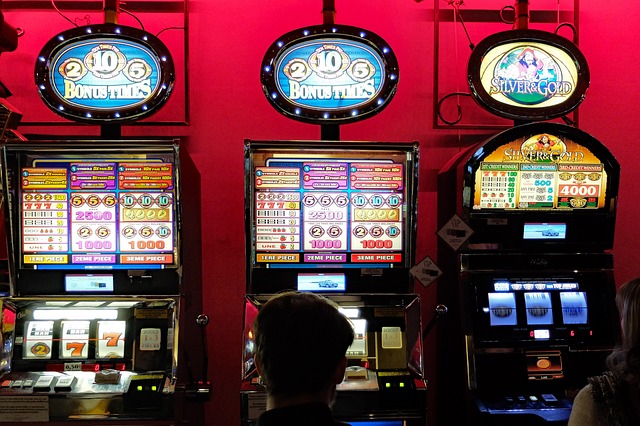Slot machines are more than just games of chance; they’re meticulously crafted experiences designed to captivate players and keep them spinning. Behind the flashing lights and catchy sounds lies a deep understanding of human psychology. Game designers use a variety of psychological techniques to create a sense of excitement, anticipation, and reward, making slots one of the most engaging forms of gambling. This article explores the key psychological principles behind slot machine design and why these games hold such a powerful allure.
The Role of Reward Systems
At the core of slot machine design is the use of variable ratio reinforcement, a concept rooted in behavioral psychology. This system provides unpredictable rewards at irregular intervals, which is highly effective in maintaining player engagement. The occasional payout, even if small, releases dopamine in the brain, creating a sense of pleasure and reinforcing the desire to keep playing. This cycle of reward anticipation and reinforcement keeps players hooked, often for extended periods.
Sensory Appeal and Immersion

Slot machines are designed to create a multi-sensory experience that draws players in. Bright, colorful visuals, engaging animations, and thematic soundtracks combine to create a captivating environment. These sensory elements trigger emotional responses, heightening excitement and immersion. The use of near-miss sounds and visual cues when a player is close to a win further encourages continued play. Even the tactile feel of pressing buttons or pulling levers enhances the experience, making players feel more connected to the game.
The Illusion of Control
Many slot machines incorporate interactive elements that give players the impression they can influence the outcome. Features like stop buttons, nudge options, and pick-a-prize bonuses create the illusion of control, even though the results are determined by a Random Number Generator (RNG). This illusion taps into cognitive biases, leading players to believe their actions can impact the outcome, which increases engagement and bet frequency. The sense of personal involvement fosters a stronger connection to the game.
Losses Disguised as Wins

A common psychological technique used in slot design is “losses disguised as wins” (LDWs). When a player’s bet is larger than the payout but accompanied by celebratory sounds and flashing lights, it creates the illusion of a win. This tactic reinforces positive emotions and keeps players motivated to continue, even though they’re technically losing money. LDWs exploit players’ focus on the sensory feedback rather than the actual financial outcome, subtly encouraging longer play sessions and higher total wagers.
Conclusion: Crafting an Engaging Experience
The psychology behind slot machine design is a masterful blend of reward systems, sensory stimulation, and cognitive manipulation. By understanding how variable reinforcement, sensory appeal, illusions of control, and LDWs work together, players can become more aware of the tactics that make slots so engaging. While these games offer entertainment and excitement, it’s essential to approach them with a mindful and responsible mindset. Recognizing the psychological elements at play helps players enjoy the experience while maintaining control over their gambling behavior.
